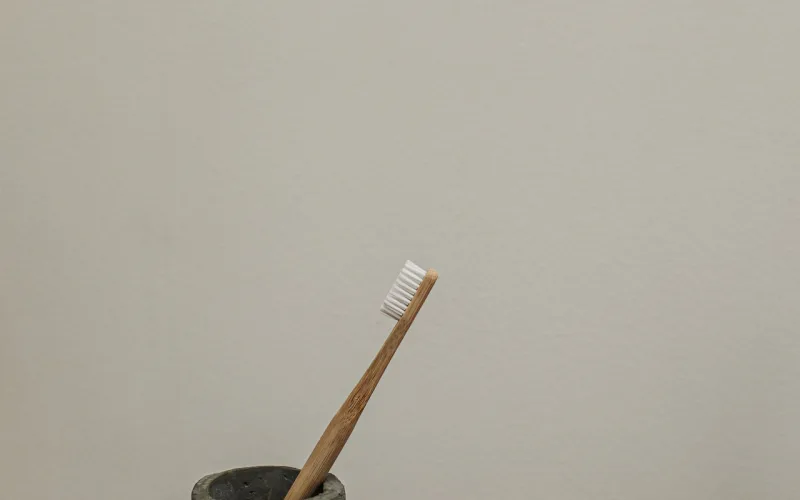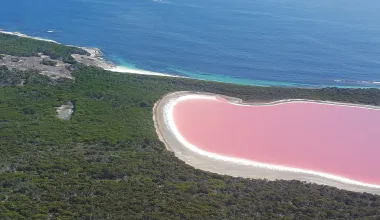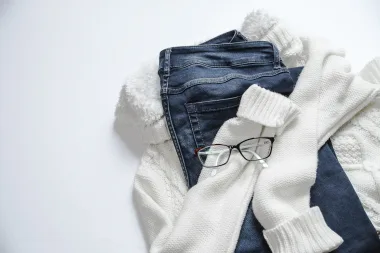Last Updated on June 1, 2023 by Ecologica Life
In our everyday lives, it can be difficult to make environmentally friendly choices. Should we eat organic food? Should we eat takeaway meals when the packaging may contain harmful chemicals? Should we buy plastic bottles made from recycled plastic that is harmful to our health?
We at Ecologica.life want to find easy ways to help you promote your health and the environment without it being too costly. A wooden toothbrush could be a simple but effective way to change your impact on the planet.
Table of Contents
History of The Toothbrush
People have been practicing oral hygiene for centuries. Evidence has been found that the ancient Babylonians and Egyptians used twigs to clean their teeth. The Buddha is also known to have chewed sticks for the same purpose. Pliny the Elder noted that using a porcupine quill was beneficial for keeping teeth strong, and Ovid advised that it was necessary to wash teeth each morning for good oral health.
Dental care was even on the mind of the reigning Chinese emperor Hongzhi in the late 1400s, who designed something very similar to the brush we know today. It consisted of a short, dense bundle of boar bristles shaved from the neck of a pig and set in a bone or wooden handle.
In 1770, a man called William Addis was observed someone using a broom to sweep the floor. He then decided to make something similar for teeth. He saved a small animal bone from the previous night’s meal and drilled small holes in it. He then obtained some bristles from one of his guards, which he tied together in bundles, threaded through the holes in the bone and sealed with glue.
After his release, he started a business mass-producing toothbrushes and became very rich. By 1840, toothbrushes were being mass-produced in England, France, Germany and Japan.
Toothbrush Pollution

Since the first plastic toothbrush was made in the 1930s, the total number of plastic toothbrushes produced, used and discarded each year has steadily increased.
The American Dental Association recommends that everyone change their toothbrush every three to four months. At that rate, more than a billion toothbrushes would be thrown away every year in the United States alone.
Because plastic is almost impossible to break down, all of the toothbrushes made since the 1930s are still around in some form of waste.
One study looked at which type of toothbrush was worse for the planet and our health. They looked at the electric toothbrush, the standard plastic toothbrush, a plastic toothbrush with a replaceable head and finally the bamboo toothbrush.
They found that the electric toothbrush has the biggest carbon footprint and is the most harmful to those who manufacture it. Bamboo and replaceable head toothbrushes were the best. Replaceable toothbrushes had less impact than bamboo if the plastic was continuously recycled. However, most recyclable plastic is not recycled.
What About Recyclable Toothbrushes?
Toothbrushes are generally not recyclable because the plastic debris gets stuck in machinery. You may even have bought a toothbrush made from recycled plastic. But research shows that recycled plastic can release dangerous chemicals and millions of microplastics, which are dangerous for the planet and potentially dangerous to us also, as microplastics have been found in our food, water and blood.
Advantages of a Wooden Toothbrush
For centuries, the basic toothbrush was made from natural materials. But in the earth 20th century, manufacturers began to incorporate nylon and other fossil fuels-based plastics into the design.
But now the trend is reversing. More eco-friendly toothbrushes made from sustainable materials, such as bamboo are becoming more common. It is likely that wooden toothbrushes will become commonplace in most households.
It’s important to note that wooden toothbrushes are not always more expensive than their plastic counterparts. Some types of wood such as bamboo toothbrushes are more expensive. However, bamboo has the added benefit of being naturally antimicrobial, helping to protect against bacteria.
In response to the plastic pollution crisis, some companies are turning back to natural materials such as bamboo handles. Bamboo toothbrush handles can offer a partial solution to the problem, but most bamboo brushes ton the market still have nylon-based bristles attached. While this is much better, it is still not 100% plastic free yet. There are other toothbrushes on the market that use wooden handles and boar bristles, which are 100% sustainable.

Disadvantages of a Wooden Toothbrush
Unfortunately, there are some disadvantages to using a wooden toothbrush that you should be aware of.
The first is mould. Toothbrushes often get wet, and many people leave their toothbrush in a small cup after use. These cups can collect water at the bottom leaving your toothbrush constantly wet. Wet wood is an ideal place for mould to grow.
To prevent this, keep your toothbrush in a dry place. You can lay it horizontally somewhere so that water doesn’t collect at the bottom of the brush
Secondly, some companies sell their wooden toothbrushes in plastic packaging. If possible, buy loose toothbrushes where possible to avoid this extra plastic waste. You can always clean your toothbrush with vinegar if you are worried about it being dirty.








